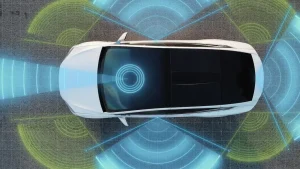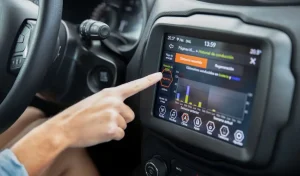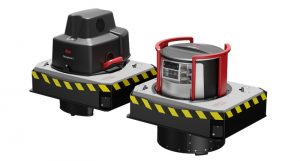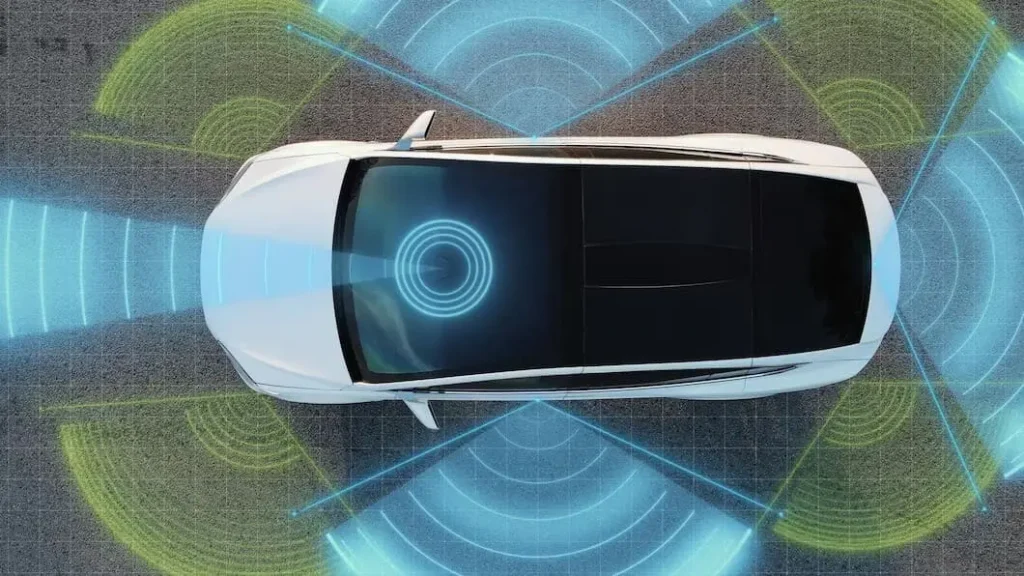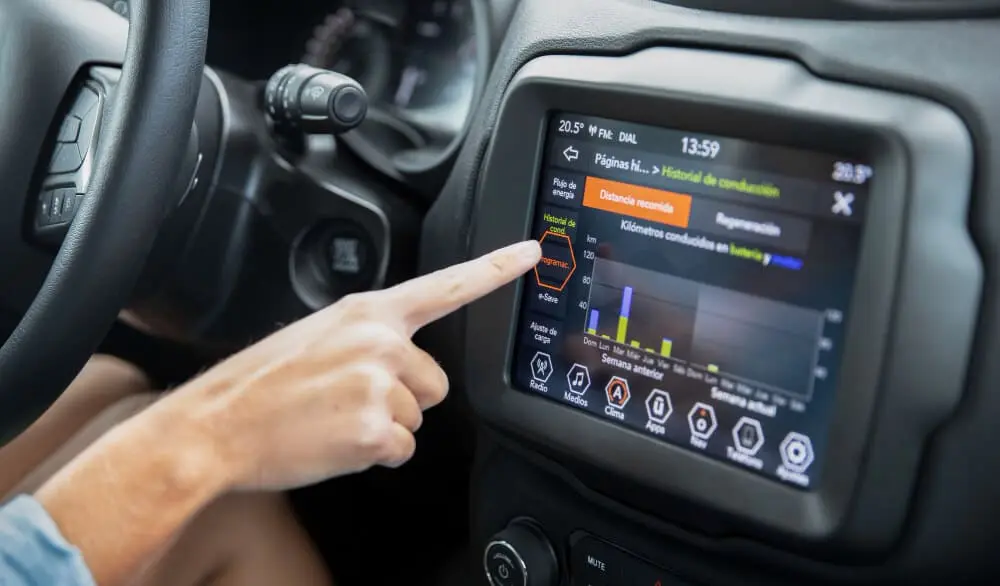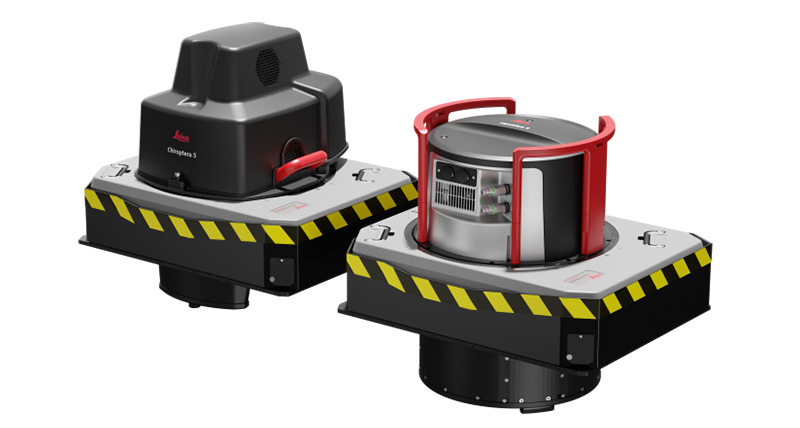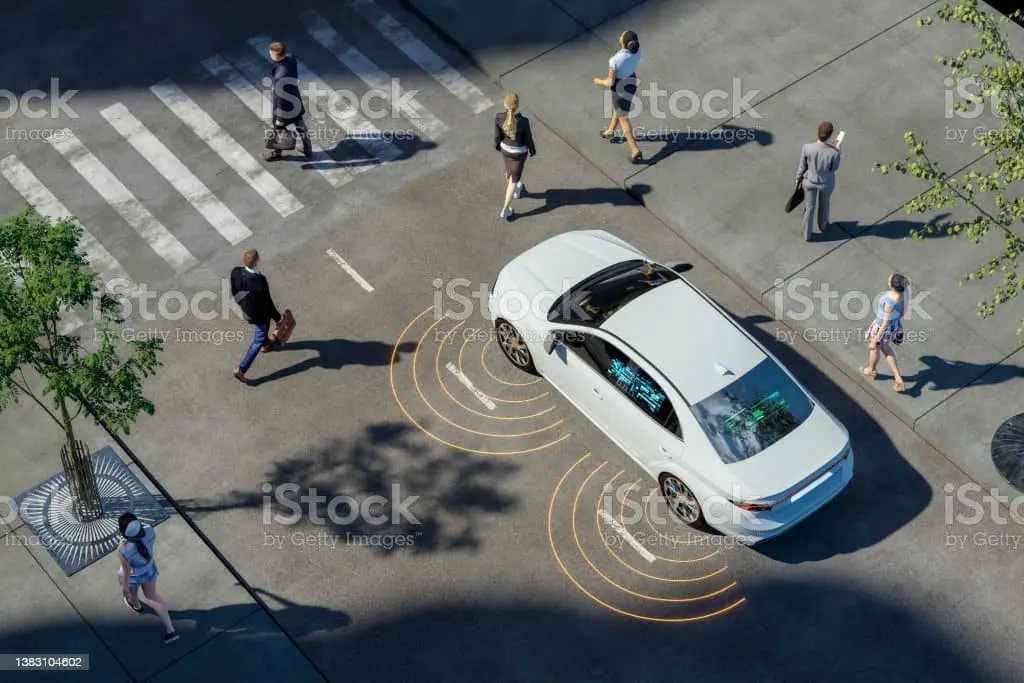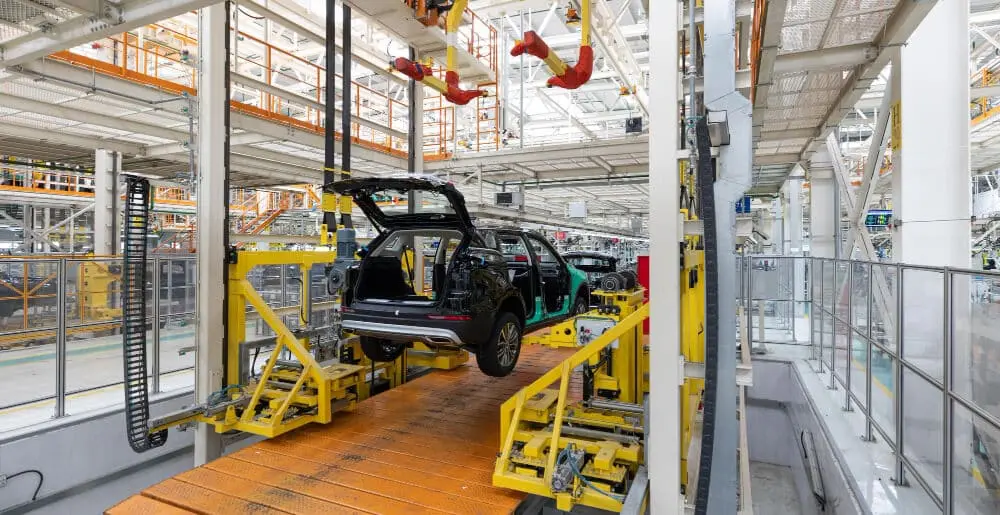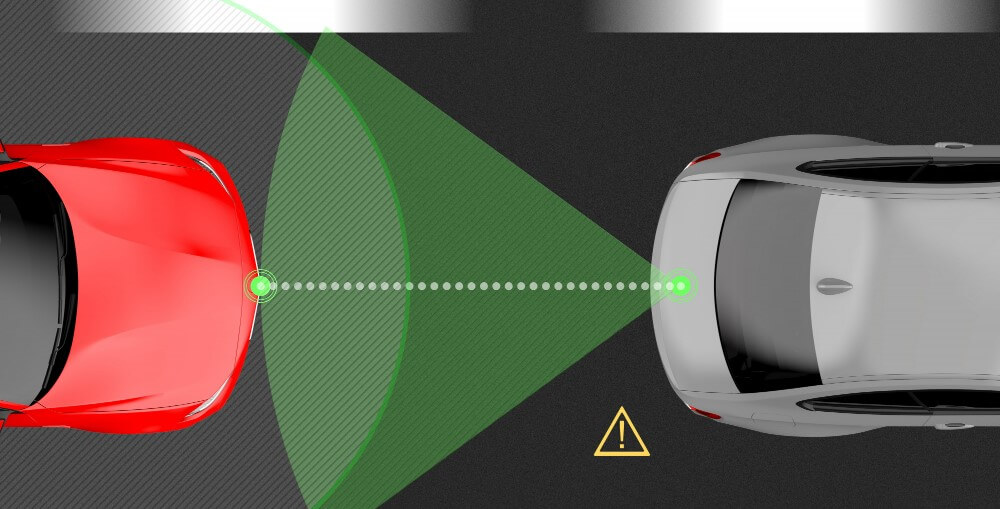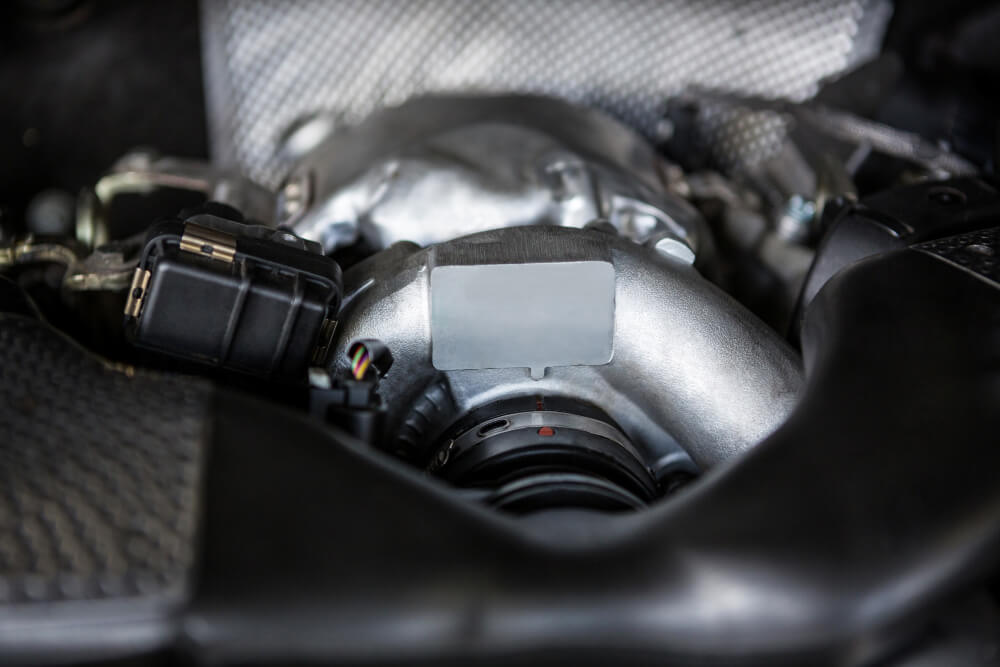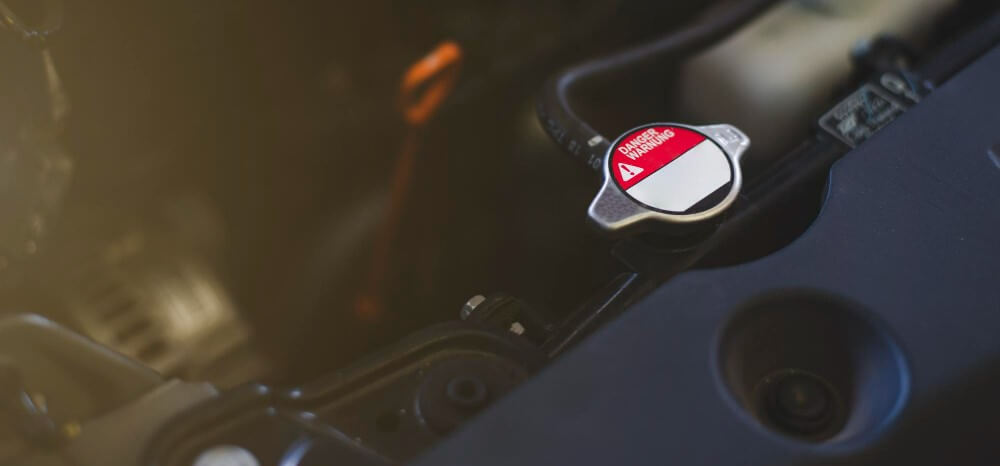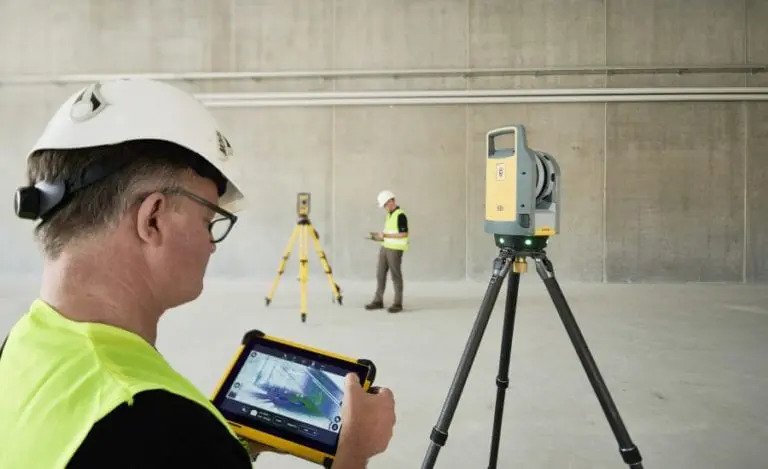
Laser scanning is used in sectors like manufacturing, but due to its accuracy, more individuals are now adopting laser scanning in construction. According to studies, the need for laser scanning in the construction industry surged by 57%.
The advantages of laser scanning in the construction industry include providing instant information, improvement of accuracy and quality, and assistance in cost reduction due to its speed compared to conventional mapping techniques. On a project site, laser scanning also improves decision-making by streamlining coordination.
But how is laser scanning applied in construction? Continue reading to find out more about laser scanning, its uses, and some of the benefits of incorporating it into your construction projects.
What Is Laser Scanning in Construction?
Laser scanning or high-definition surveying uses a laser to collect precise information for every aspect of a construction site. The technology measures and records the spatial relationships between objects with a laser light beam.
The scanner creates an accurate point cloud image that represents the scanned objects. Depending on the scanner’s manufacturer, objects can be scanned from a hundred meters away. To create 2D CAD drawings or a 3D model, the data is then exported to BIM, modeling, and CAD tools.
Use of Laser Scanning in Construction
Laser scanning in construction is helpful, but how is it used? See below how this cutting-edge technology is applied in a construction project.
Operations, Retrofits and Renovations
You receive an as-built record since every detail is captured via laser scanning. This information can be used for building operations, renovations, additions, and demolitions.
Design
Laser scanning is an option for site planning. Some architects utilize the scan-to-BIM technique to obtain comprehensive information to initiate and oversee the construction process. The point-cloud data is transformed into a 3D model after scanning. At this point, you can choose to use intricately detailed models or complicated MEP models.
Coordination of Construction Projects
Laser scanning is used in construction coordination, especially when it’s important to prevent conflicts between multiple systems like HVAC, plumbing, and electrical. The parties then exchange data for aiding in remote coordination. At any moment along the building timeline, scanning can be done to record milestones and reduce the need for change orders. This scanning can help identify where mistakes are made and quickly find a fix.
Other applications for 3D laser scanning in construction include comparing design intent to as-built conditions, building information modeling, virtual design construction, as-builts prior to construction, and quality control during construction.
Detection of Clashes
Clashes within a project are decreased with the aid of 3D laser scanning in construction. This can involve using equipment that is the wrong size or installing pipes in the wrong places. You can identify any potential problems using these scans.
Benefits of Laser Scanning in Construction
Provides Instant Information
You can access laser scans right away and have them done whenever you’re ready. This enhances operations, increases production, and lessens the possibility of having to redo the work.
Laser scanning in construction reduces the possibility of errors in the drawings. The precise measurements and location are provided through scanning, which also saves time.
Quality and Accuracy are Improved
Project planning uses laser scanners to help in information capture. Using laser scanning lowers the need to rewrite the blueprints by assisting in the creation of accurate models from the beginning. With its high levels of accuracy, you can assure flexible planning while lowering costs and delays. The increased precision encourages flexible communication between the parties.
Laser scanning creates a 3D representation that aids in error avoidance. Something that avoids mistakes, and saves time and money. Additionally, any measurement discrepancies between what is indicated on the design and what is on the site can be found using a 3D model generated by a laser scan. That will stop any issues that might occur as a result of inaccuracies.
You can insert sensors in and around the space to monitor progress and performance, which is another important element.
Ensures Compliance with Health and Safety Regulations
In contrast to manual data acquisition, which could overlook some details, laser scanning is more precise and secure. To ensure that they abide by health and safety laws, people in the construction business are quickly implementing this technology.
Your construction crew’s exposure to a dangerous environment is reduced thanks to the laser scanner’s quick data acquisition and remote sensing capabilities.
Planning and Design are Improved
You can examine any clashes between recently added design features and the existing conditions using cloud-based 3D models and constructed drawings. Before beginning construction, you can evaluate the images and choose whether to stick with the current drawings or switch to another set.
Additionally, laser scanning in construction enhances planning by giving you precise dimensions that you may utilize to prefabricate components and reduce waste. These measurements are also useful for demolition projects or when you need to remove certain parts. That guarantees there are fewer changes in the field. The project will be completed on schedule thanks to the usage of laser scans.
Coordination and Collaboration on Construction Sites are Improved
Laser scanning in construction also makes collaboration and coordination easier, which is a bonus. This guarantees that the people concerned make quick and accurate decisions. When everyone works together, communication is improved, team dynamics are fostered, and everyone remains focused on the ultimate goal, which is to produce a successful project.
Provides Flexible Workflows
The necessity for regular site visits is diminished by the use of 3D laser scanning in construction. With the use of this technology, distant cloud access is possible. Your construction project can include the services of independent experts.
These experts make decisions without physically visiting the site and access data remotely. Additionally, based on the actual site, they are able to take precise measurements in 3D models.
Manual Labor is No Longer Required
Although manual labor has its advantages, it can also slow down a project since humans make mistakes. Laser scanning is more precise and lowers the possibility of making mistakes. You won’t need to recruit numerous workers for a construction project with this new technology.

